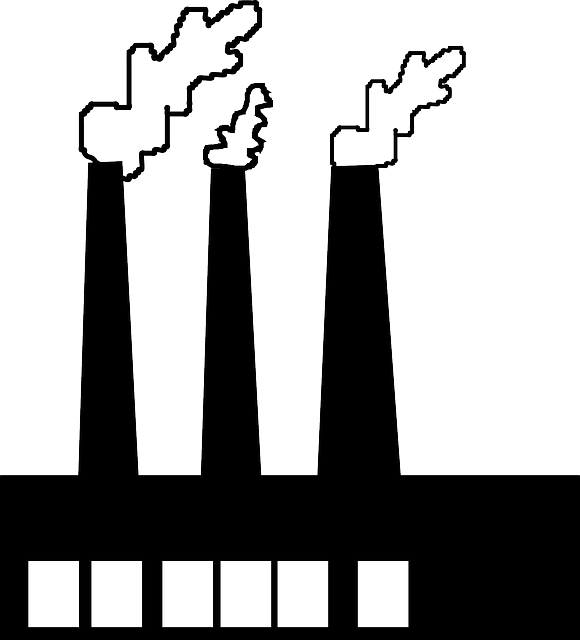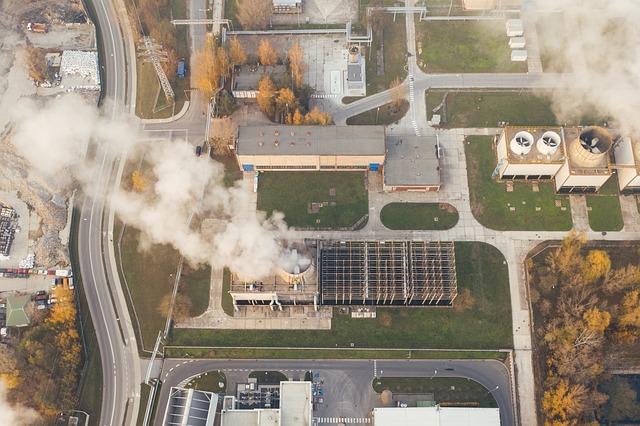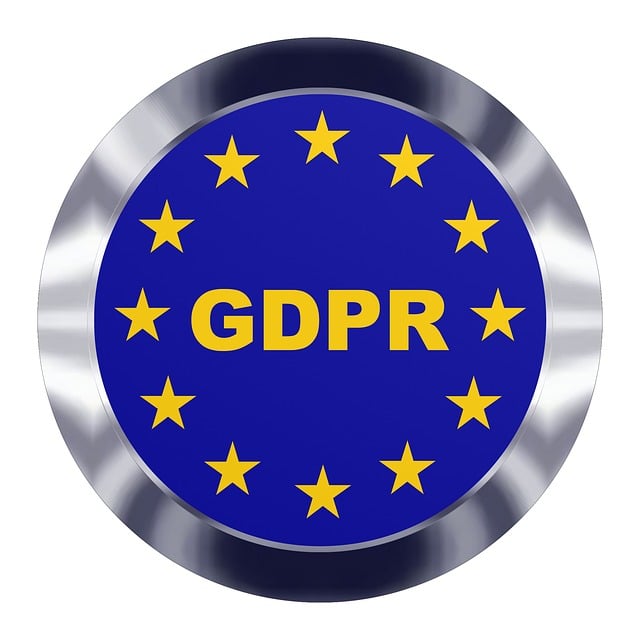Adhering to Select Emissions Regulations (SERs), both local and international, is vital for mitigating environmental impact and preserving the ozone layer. These regulations set standards for pollutants from fossil fuel combustion and mandate environmental assessments. Industries can achieve sustainability by adopting best practices and advanced emission control technologies like scrubbers, filters, and catalytics. Staying ahead of SERs involves continuous monitoring, reporting, and leveraging data analytics. Successful case studies in urban areas and wildfire smoke emission controls demonstrate the effectiveness of targeted strategies for reducing pollutants, leading to improved air quality. Learning from these examples can guide policymakers in developing comprehensive plans aligned with EPA guidelines for a sustainable future.
Emission control is a critical global priority, with stringent Select Emissions Regulations guiding efforts worldwide. This article delves into best practices for managing industrial emissions, offering a comprehensive guide from understanding key regulations to implementing cutting-edge technologies. We explore targeted pollutant identification, optimal management strategies, and successful case studies, providing insights essential for navigating the complex landscape of environmental compliance. By adopting these practices, industries can contribute to cleaner air while adhering to evolving Select Emissions Regulations.
- Understanding Select Emissions Regulations: A Global Perspective
- Identifying Key Pollutants and Their Sources
- Implementing Effective Emission Control Technologies
- Best Practices for Industrial Emissions Management
- Regulatory Compliance and Monitoring Strategies
- Case Studies: Successful Emission Reduction Initiatives
Understanding Select Emissions Regulations: A Global Perspective

The effectiveness of emission control largely hinges on understanding and adhering to local and international regulations, collectively known as Select Emissions Regulations (SERs). These global guidelines aim to mitigate environmental impact by setting standards for various pollutants, including those from fossil fuel combustion emissions. From a global perspective, SERs play a pivotal role in preserving the stratospheric ozone layer, a crucial component of our planet’s defense against harmful ultraviolet radiation.
Moreover, these regulations often incorporate requirements for conducting environmental impact assessments for industry, enabling governments and businesses to collaboratively work towards achieving global warming emission targets. By embracing these best practices, industries worldwide can contribute to a sustainable future while ensuring compliance with SERs.
Identifying Key Pollutants and Their Sources

Identifying key pollutants and their sources is a foundational step in effective emission control. Among the primary culprits are nitrogen oxides (NOx), sulfur dioxide (SO2), particulate matter (PM), and volatile organic compounds (VOCs). These emissions originate from diverse sectors, including power generation, industrial processes, agriculture, and notably, the transportation sector. Stringent Select Emissions Regulations play a pivotal role in mitigating these issues.
Focusing on the transportation sector, for instance, alternative fuel standard requirements and electric vehicle adoption policies have emerged as powerful tools in emission reduction. These measures not only address air pollution concerns but also contribute to mitigating biomass energy emission worries and water pollution control challenges. The transition towards cleaner energy sources and innovative technologies is crucial in navigating these environmental complexities.
Implementing Effective Emission Control Technologies

Implementing effective emission control technologies is paramount in adhering to stringent international clean air legislation. By selecting the right Emissions Regulations tailored to specific sectors, organizations can significantly mitigate transportation emissions. Advanced air pollution control techniques, such as scrubbers, filters, and catalytics, play a pivotal role in this process. For instance, voluntary emissions reduction programs have proven successful in fostering innovation and promoting cleaner technologies within the automotive industry.
Global warming emission restrictions necessitate a comprehensive approach that combines regulatory compliance with proactive measures. Businesses can contribute to overall environmental sustainability by adopting best practices in production processes and fuel efficiency. Additionally, leveraging emerging technologies and sustainable alternatives offers promising avenues for further reducing emissions in both industrial and transportation sectors.
Best Practices for Industrial Emissions Management

Regulatory Compliance and Monitoring Strategies

Staying ahead of emission control regulations is paramount for industries to maintain legal compliance and protect the environment. Organizations must familiarize themselves with the Select Emissions Regulations, which set strict limits on various pollutants. These regulations often require continuous monitoring and reporting to ensure emissions stay within defined thresholds. Implementing robust monitoring strategies, such as advanced measurement devices and real-time data analytics, can help businesses detect any deviations promptly.
Voluntary emissions reduction programs can further support compliance efforts. Industries can invest in cleaner technologies, adopt more efficient processes, or transition to renewable energy sources like electricity generation from renewable resources, as encouraged by the Clean Air Act Amendments. Such proactive measures not only meet regulatory standards but also contribute to a greener and healthier future.
Case Studies: Successful Emission Reduction Initiatives

Emission reduction initiatives across various sectors have demonstrated the effectiveness of targeted strategies in combating environmental pollution. Case studies from urban areas highlight successful implementation of select emissions regulations aimed at reducing vehicle exhausts, leading to significant improvements in air quality. For instance, cities like Los Angeles, known for its historical smog issues, have adopted stringent emissions compliance laws and promoted sustainable transportation policies, resulting in a notable decrease in harmful pollutants.
Additionally, regional efforts to combat specific emissions sources, such as wildfire smoke emission controls, have yielded positive outcomes. These initiatives involve advanced monitoring systems and rapid response strategies, ensuring prompt action during high-risk periods. By learning from these successful cases, policymakers can develop comprehensive plans that align with Environmental Protection Agency guidelines for various industries, fostering a more sustainable future while adhering to stringent environmental protection standards.
In conclusion, mastering emission control best practices is paramount in today’s world, where understanding global regulations like Select Emissions Regulations is key. By identifying primary pollutants and their sources, industries can implement effective technologies to manage emissions. Adopting successful strategies, including regulatory compliance and monitoring, fosters a culture of environmental stewardship. The included case studies highlight the tangible benefits of such practices, demonstrating that reducing industrial emissions is not only a legal necessity but also a path to sustainable future growth.
